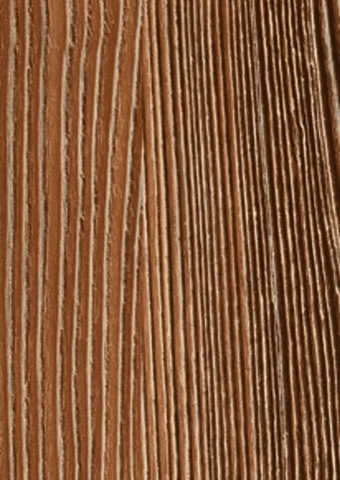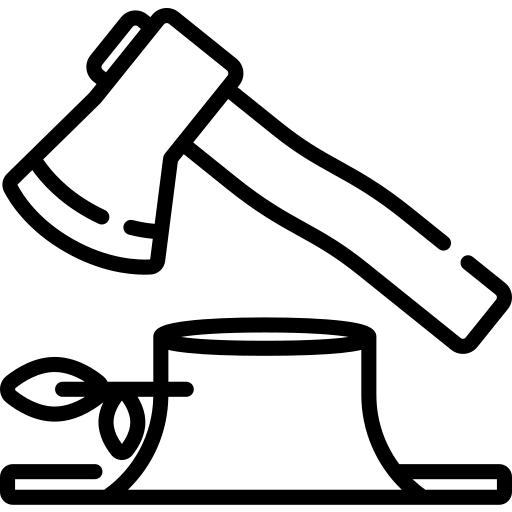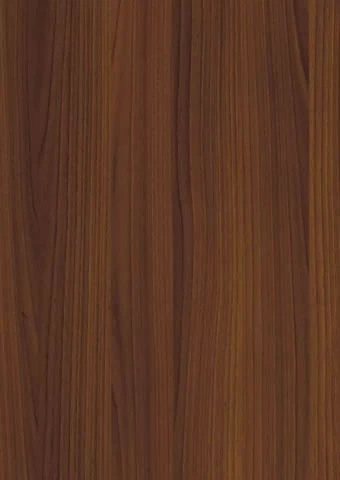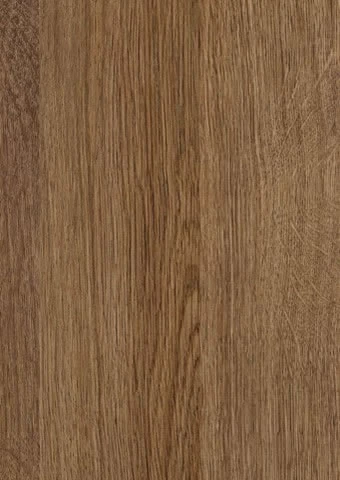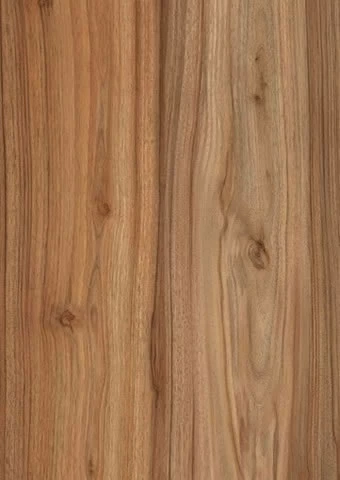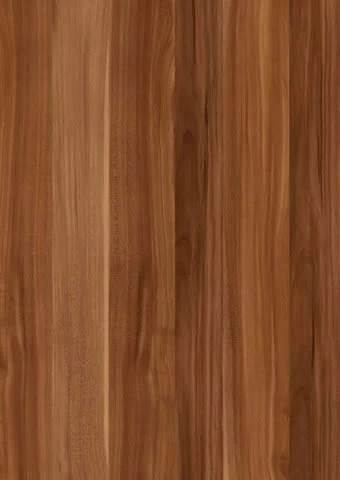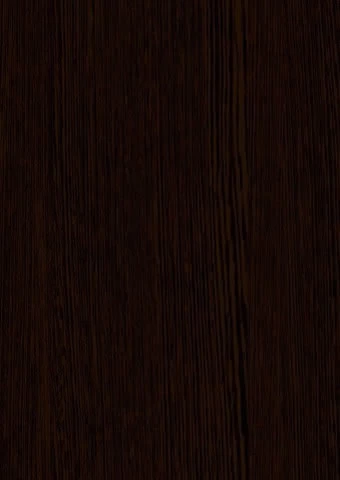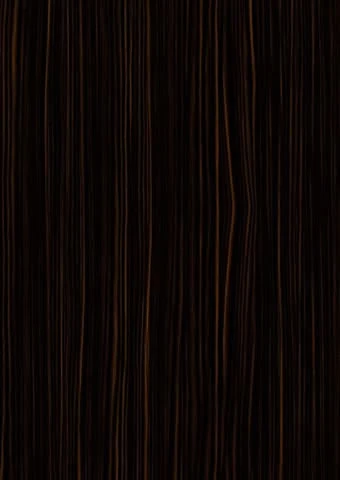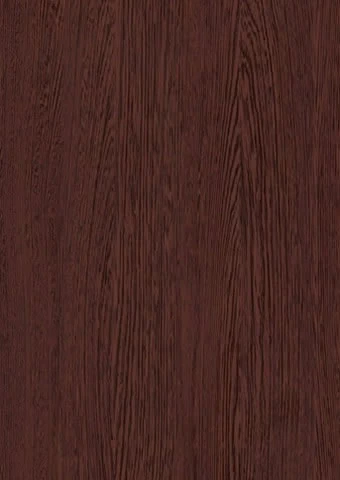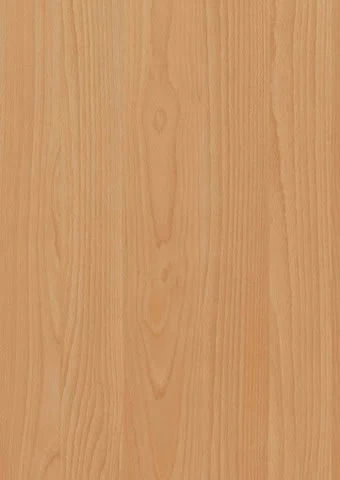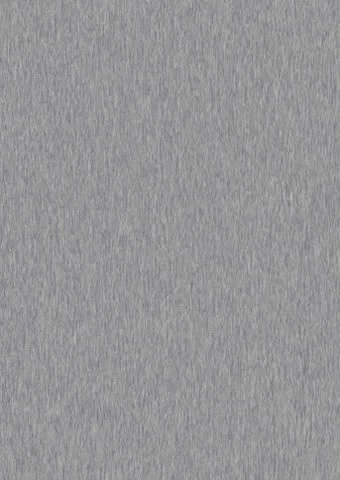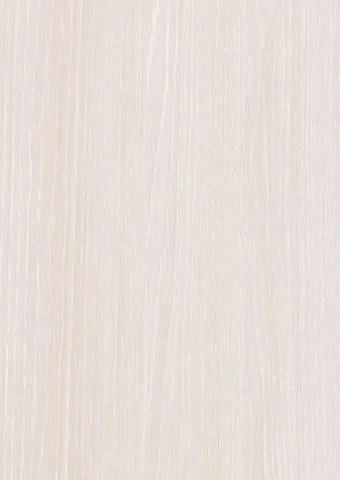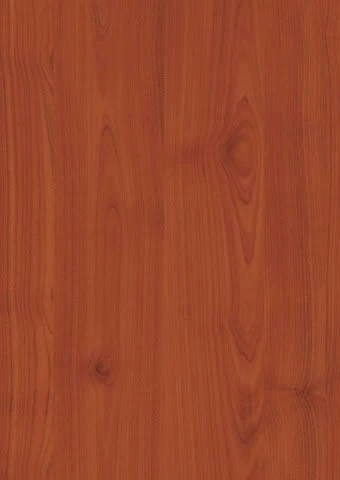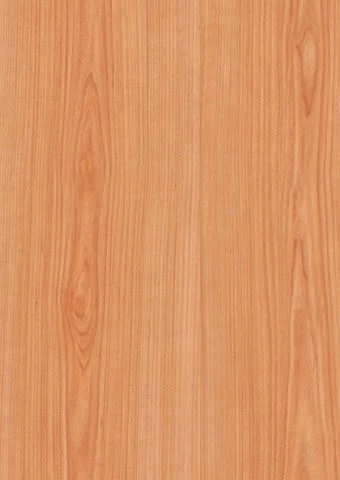MDF
Medium-density fiberboard (MDF) is a versatile engineered wood product that is widely used in various applications. It is made by breaking down hardwood or softwood residuals into wood fibers and combining them with resin and wax binders under high temperature and pressure. The resulting material is dense, uniform, and has a smooth surface.
MDF is highly popular in the construction, furniture, and interior design industries due to its desirable characteristics.
Here are some products commonly made from MDF:
1. Furniture: MDF is extensively used in the production of furniture items such as cabinets, shelves, tables, and chairs. Its stability, smoothness, and ability to be easily shaped and finished make it an ideal choice for furniture construction. MDF can be painted, veneered, laminated, or coated with a variety of finishes to achieve different aesthetic effects.
2. Doors and Moldings: MDF is often employed for manufacturing interior doors, especially for painted surfaces. It offers a smooth and uniform base for the application of paints and finishes. MDF moldings, such as baseboards, crown moldings, and window casings, are also popular due to their consistent dimensions and ease of installation.
3. Flooring: MDF-based laminate flooring is a cost-effective alternative to hardwood flooring. The top layer of the laminate flooring consists of a high-resolution photograph of wood grain, while the core is typically made of MDF. Laminate flooring provides a durable, attractive, and easy-to-maintain option for residential and commercial spaces.
4. Cabinetry and Kitchen Components: MDF is extensively used in the construction of kitchen cabinets and components such as doors, drawer fronts, and panels. Its stability and flatness make it well-suited for these applications. MDF can be routed, drilled, and machined to create intricate designs and profiles.
5. Wall Paneling and Decorative Elements: MDF panels are commonly used for wall paneling, wainscoting, and decorative elements in interior design. The panels can be textured, grooved, or embossed to achieve various patterns and designs. MDF's consistent density helps prevent warping and cracking, making it suitable for these applications.
6. Speaker Boxes and Acoustic Panels: MDF's density and uniformity make it an excellent material for speaker boxes and acoustic panels. Its stiffness helps reduce vibrations and resonance, resulting in improved sound quality. MDF can be customized to meet specific acoustic requirements and is often covered with fabric or veneer for a visually appealing finish.
7. Exhibition Displays and Signage: MDF is often used in the production of exhibition displays, trade show booths, and signage. Its smooth surface allows for easy printing, painting, or laminating of graphics and text. MDF-based displays and signs are lightweight, durable, and customizable.
_1711384165.jpg)
It's worth noting that while MDF has numerous advantages, it is not suitable for applications where it may be exposed to moisture, as it tends to swell and lose its structural integrity. In such cases, alternative materials like plywood or moisture-resistant MDF may be used.
MDF is extensively used in the manufacturing of various home furniture and appliances due to its versatility and cost-effectiveness. Here are some examples:
1. Cabinets and Wardrobes: MDF is commonly used to construct kitchen cabinets, bathroom vanities, and bedroom wardrobes. Its smooth surface provides an ideal base for paint, veneer, or laminate finishes. MDF cabinets and wardrobes offer durability, design flexibility, and a wide range of style options.
2. Tables and Desks: MDF is often used to make dining tables, coffee tables, computer desks, and workstations. It can be shaped and cut into various designs and sizes, allowing for creative and customized furniture pieces. MDF tables and desks can be painted, stained, or covered with decorative laminates to achieve different aesthetics.
3. Bed Frames and Headboards: MDF is utilized in the construction of bed frames and headboards. It provides stability, strength, and the ability to incorporate intricate designs. MDF bed frames and headboards can be upholstered, painted, or covered with fabric to match different bedroom styles.
4. Shelving and Bookcases: MDF is an excellent choice for shelving units, bookcases, and display cabinets. Its uniformity and strength allow for the storage of books, decor items, and other belongings. MDF shelves can be left unfinished, painted, or veneered to complement the overall room design.
5. Entertainment Centers and TV Stands: MDF is commonly used to manufacture entertainment centers and TV stands. These pieces of furniture often require sturdy construction to hold audiovisual equipment and provide storage space. MDF allows for the creation of various designs and finishes to accommodate different sizes of televisions and media devices.
6. Dressers and Chests of Drawers: MDF is used in the production of dressers and chests of drawers. Its smooth surface facilitates the installation of drawer slides and handles. MDF dressers can be painted, lacquered, or finished with wood veneer to match different bedroom aesthetics.
7. Audio Cabinets and Speaker Stands: MDF is utilized in the construction of audio cabinets and speaker stands due to its acoustic properties. It provides stability and helps minimize unwanted vibrations and resonance, enhancing sound quality. MDF cabinets and stands can be customized with different finishes and designs.
8. Kitchen and Dining Room Chairs: MDF is sometimes used for manufacturing kitchen and dining chairs. Its ability to be shaped into various designs allows for the creation of ergonomic and stylish seating options. MDF chairs can be painted, upholstered, or covered with fabric or leather for added comfort.

It's important to note that while MDF is commonly used in the construction of furniture and appliances, it is not suitable for outdoor use or areas prone to moisture exposure. In such cases, materials with higher moisture resistance, such as marine-grade plywood or outdoor-grade materials, are typically preferred.
_1711384165.jpg)

FAQs
What are the advantages of using MDF in furniture and construction compared to other materials?
Some advantages of using MDF in furniture and construction include its affordability, uniformity, ease of shaping, and smooth surface for finishes.
Can MDF be used in outdoor applications, or is it primarily for indoor use?
MDF is primarily designed for indoor use and is not suitable for outdoor applications due to its low resistance to moisture and humidity.
What are the potential drawbacks or limitations of using MDF in certain applications?
Potential drawbacks of using MDF include its susceptibility to moisture damage, limited load-bearing capacity, and difficulty in repair if damaged.
How does MDF compare to other engineered wood products like plywood or particle board in terms of its composition and properties?
MDF is made from wood fibers, while plywood is made from thin layers of wood veneers and particle board is made from wood particles. MDF has a denser and smoother surface compared to particle board, but it is less structurally strong than plywood.
 +7929688-88-14
+7929688-88-14

 English
English
 Persian
Persian
 Russian
Russian
 Chinese
Chinese


 +7929688-88-14
+7929688-88-14

